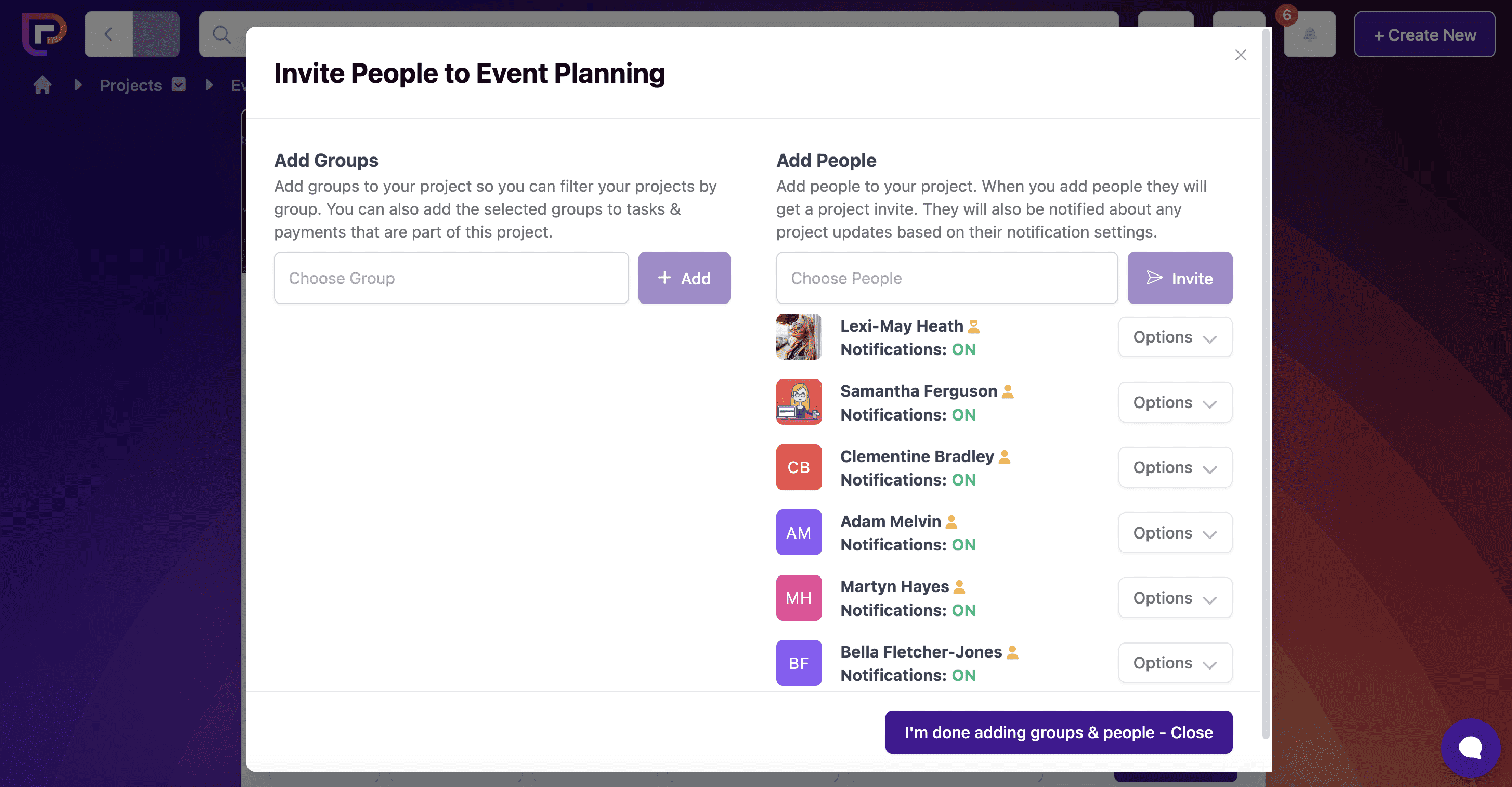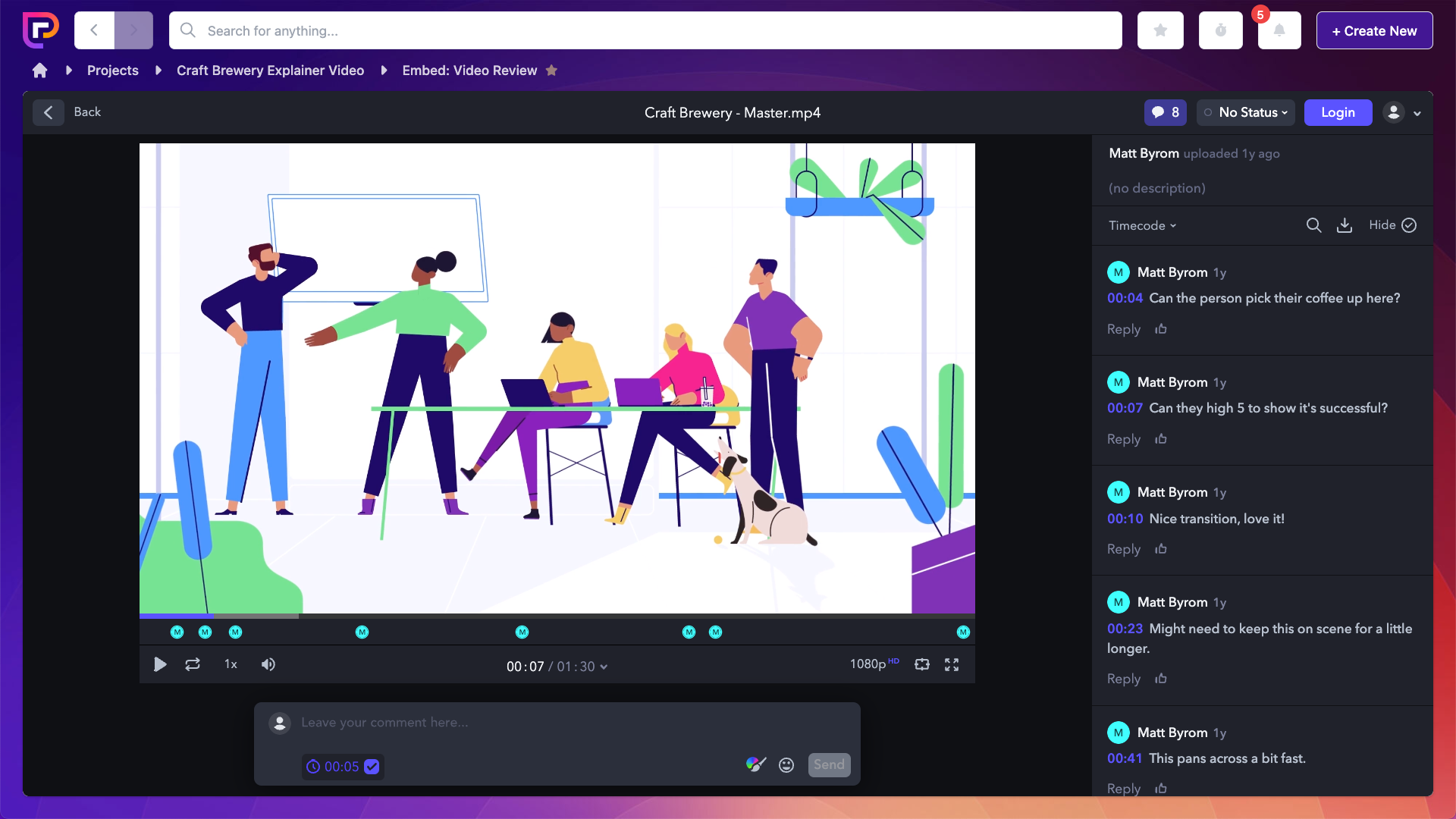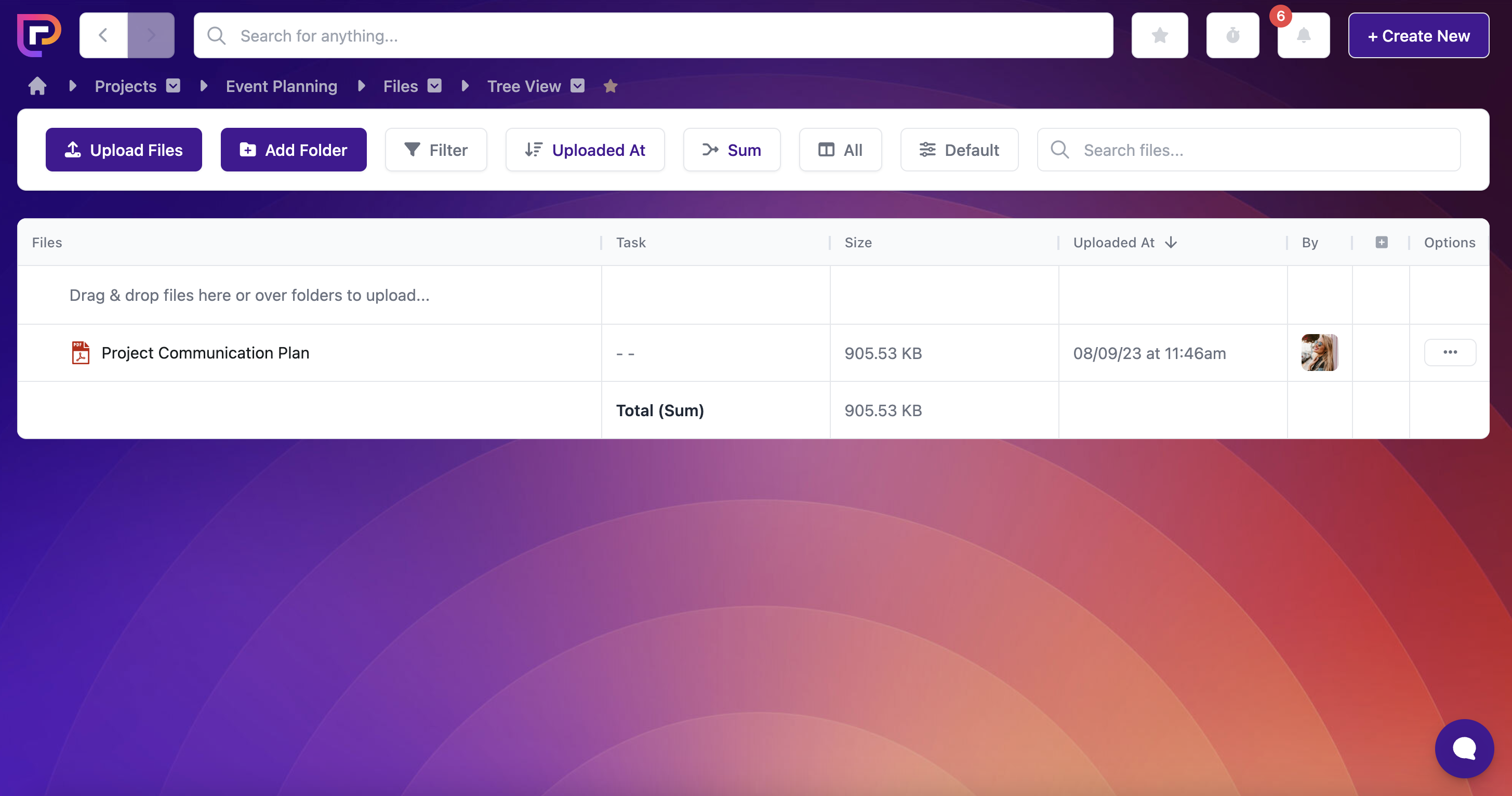Last updated on 4th June 2024
Successful project management is about more than just delegating tasks and allocating resources. It’s about effective communication that keeps everyone on the same page, minimises misunderstandings, and paves the way for achieving desired outcomes. That’s where a solid project communication plan comes into play.
In this article, we’ll explore why having a project communication plan is so crucial and why it should be an essential part of any project management strategy.
Plus, we’ll walk you through the essential steps to create an effective communication plan tailored to your project’s unique needs.
So, let’s dive in and unlock the secrets behind building a robust project communication plan that can transform the way you manage projects.
What is a project communication plan?
A project communication plan outlines how important information will be communicated throughout your project, who will be communicating, and when that information will be shared.
This communication plan should bring value to everyone involved in the project, including project stakeholders, project manager or managers, and clients.
It’s really all about the when, how, who, and what of your communication strategy! Here’s an example (based on a company that’s creating an explainer video for a client):
HOW: We will communicate via Google Meet and share the conference link in advance
WHO: The creative team working on the project will be involved (scriptwriter, storyboard artist, and animator) as well as the stakeholders on the client’s side
WHAT: The weekly meetings will be for the creatives to give an update on progress and for the client to bring up any potential questions or issues
Why is a project communication plan important?
A project communication plan is important because it can ensure your project stays on track, on time, and on budget.
A good project communication plan also ensures that all stakeholders are informed on the progress of the project, increasing customer satisfaction.
Without a communication plan, you can easily end up with problems and issues.
Poor communication can result in all kinds of problems, including decreased productivity and even financial loss for businesses.
This issue can be easily solved with a strong project communication plan. And once you have one in place, you can use it for all of your projects in the future so that communication is improved indefinitely.
How to create the perfect project communication plan
1. Choose a project management platform
Inviting your internal project team and your clients (if applicable) to work together on a project management platform is one of the best ways to ensure your project communication gets off to the smoothest start.
A project management platform will keep all project communications centralised, meaning that everyone knows exactly where to look for the latest piece of information.
With Project.co, you can not only keep your communications in one place, but also any project files, and tasks that each team member is working on.
Everything about your project – from start to finish – can be managed on Project.co.
2. Decide how you’re going to communicate (and when)
The next step is deciding how communications should be shared and making sure everyone on the team is aware of that.
There are many different ways to communicate about your project. You could use a video conferencing tool, or have face-to-face meetings.
You can also use emails and, as mentioned above, your project management platform. The Project.co discussions tool is a great way to communicate with your project teams.
All messages appear in date and time order under the discussions tool, and everyone involved in the project can choose whether to receive email notifications every time a new comment is added.
You shouldn’t feel limited to just one communication method. A mix of communication methods can be helpful. For example, you could start your project with a meeting and then use the project management platform for daily communication.
The main thing is just making sure that everyone knows how and when you’re going to communicate.
3. Assign tasks
In order to keep your project moving along, everyone involved needs to know what is expected of them, including when they will be expected to send and receive deliverables.
Assigning tasks to your team members is a great way of making it easy for them to keep on top of their workload.
With Project.co, you can assign team members, departments, and dates to your tasks, as well as any relevant notes or files. Your team can then view their tasks in whatever way helps them best manage their workload.
4. Define points of contact
Knowing how and when communications will be received is important, but it’s also equally important to know who is going to be the person communicating.
This makes responsibilities clear for internal teams while also informing clients who their main point of contact will be for the duration of the project.
With Project.co, you can open as many projects as you like, and within those projects you can add specific team members and clients via the people tool.

As soon as someone is added and you see the green ‘ON’ text next to their name, you’ll know that person will start receiving notifications every time a new comment is posted to the project.
5. Agree on tools
As you’re creating your project communication plan, it’s really important that you get buy-in from everyone involved.
If you’ve decided that you’re going to use a project management platform and someone on the team only uses email communication then this could cause issues and result in communication breakdown.
The same applies for any files shared back and forth. If it’s been agreed that everyone will work on Google Docs and then someone in the team shares a PDF, that’s going to make life difficult for everyone and could result in slowed progress on the project.
Our embeds feature makes it easy to agree on tools because you can work on your files without ever leaving the project!

Just embed your item to the project, and from there people will be able to open the file within Project.co and collaborate in real time.
6. Create and share a schedule
The last piece of the puzzle is creating a schedule that you can share with everyone involved on the project.
This schedule can include expected delivery dates, who is assigned to what task, and when the next meeting or communication will be.
You can easily share your project communication plan with your team via the files tool on Project.co.

This way, everyone can download and keep their own copy to refer back to whenever they need it.
3 Benefits of using a project communication plan
A project communication plan means there’s no more wasted time digging through inboxes or repeating information. Everyone involved on the project will know where everything is, what’s expected, and when the next communication will be.
2. Better relationships
When information is communicated clearly and on-time it results in better relationships, both internally and externally. This can improve your customer satisfaction rates and even reduce employee turnover.
3. More successful projects
With a project communication plan in your toolbox you’ll be setting your team up for success. And once you have a solid plan in place you can emulate this again and again so that all of your projects go more smoothly in the future.
Final thoughts
Clear communication is the key to successful projects, happy team members, stress-free project managers – and even happier clients.
A project management tool like Project.co can help you to keep all of your communications in one place and can, on average, save you 2 hours per day on unproductive work.


